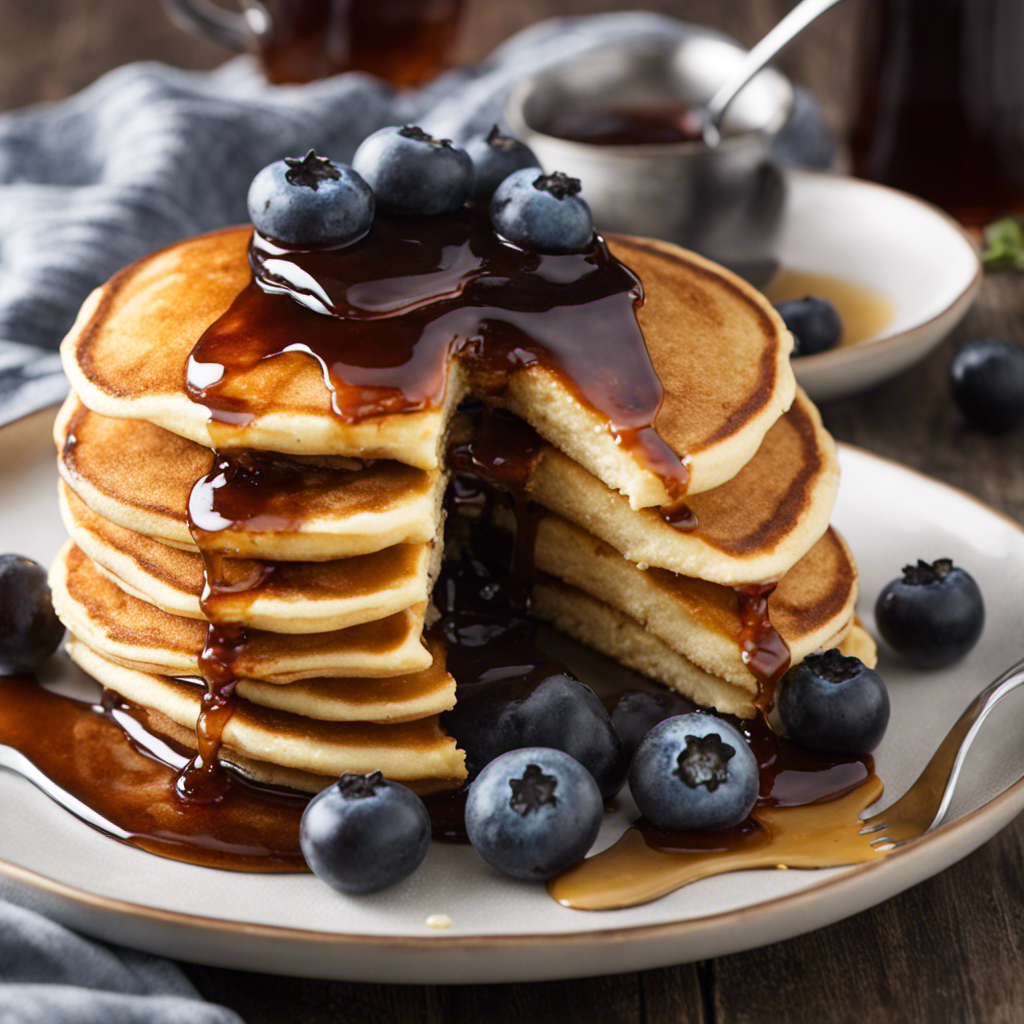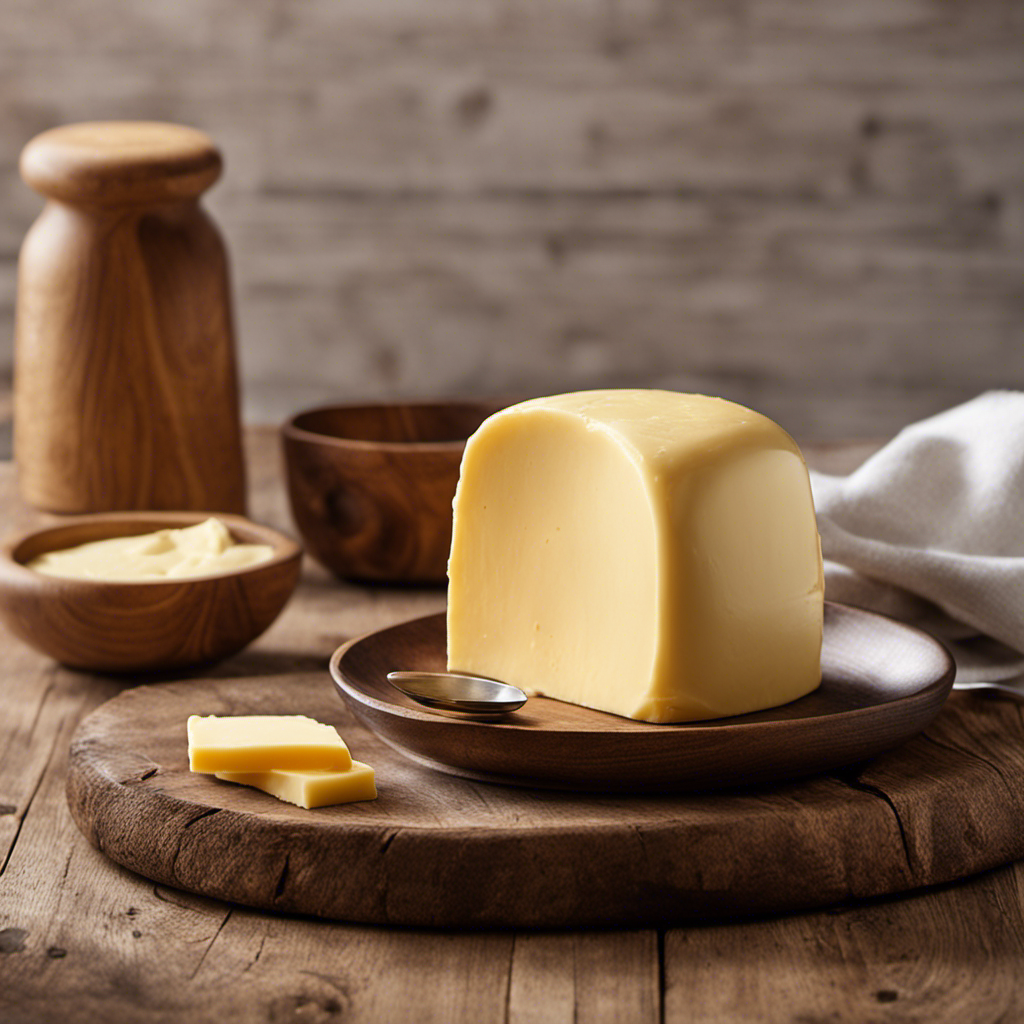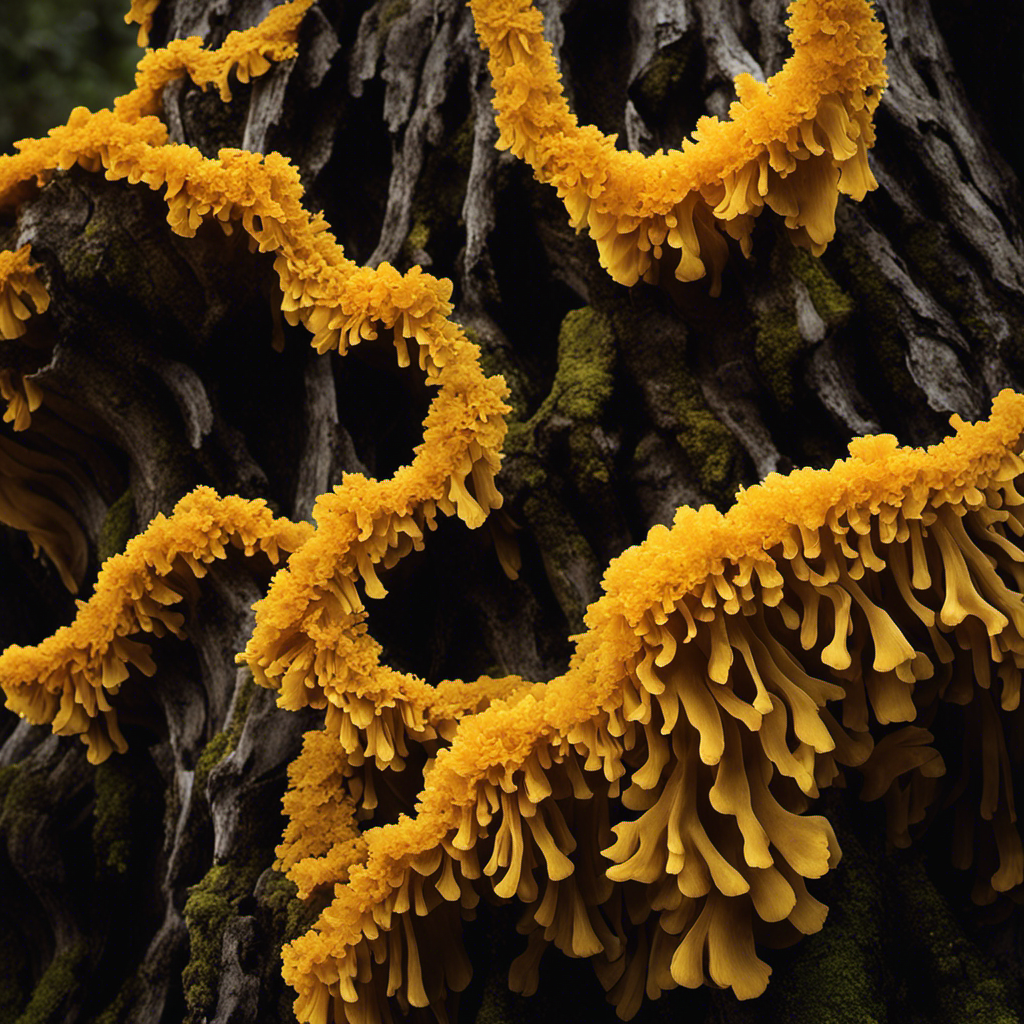As a skincare enthusiast, I have always been on the lookout for natural ingredients to improve the condition of my skin and hair. This search led me to the amazing benefits of Murumuru Butter.
This exotic butter, derived from the seeds of the Murumuru palm tree, has been cherished for centuries due to its incredible benefits. From its rich nutritional profile to its rejuvenating properties, Murumuru Butter is a true gem in the world of beauty.
Join me as we explore the wonders of this butter and discover how it can transform your skincare and haircare routine.
Key Takeaways
- Murumuru butter is derived from the seeds of the murumuru palm tree, which has been used by indigenous communities in the Amazon for centuries.
- The butter is harvested from fallen seeds on the forest floor and undergoes a process of cleaning, drying, and cold-pressing.
- It is rich in essential fatty acids, vitamins A and C, and antioxidants, making it highly moisturizing and beneficial for skin and hair.
- Sustainable sourcing and ethical considerations are important in the production of murumuru butter to protect the Amazon rainforest and support fair wages and safe working conditions.
Origins of Murumuru Butter
Murumuru butter is derived from the seeds of the murumuru palm tree, which grows in the Amazon rainforest. The origins of murumuru butter can be traced back to the indigenous communities of the Amazon, who have been using this natural ingredient for centuries due to its numerous benefits for the skin and hair.
The production of murumuru butter involves collecting the fallen seeds from the forest floor, which are then cleaned, dried, and cold-pressed to extract the rich, creamy butter. This process is traditionally done by hand, ensuring minimal environmental impact.
However, with the increasing demand for murumuru butter in the beauty industry, there is a need for sustainable harvesting practices to prevent overexploitation and protect the delicate ecosystem of the Amazon rainforest.
Composition and Nutritional Profile of Murumuru Butter
The composition and nutritional profile of this Brazilian plant-based ingredient are quite unique. Murumuru butter is derived from the seeds of the murumuru palm tree, scientifically known as Astrocaryum murumuru. It is rich in essential fatty acids, such as lauric, myristic, and oleic acids, which provide excellent moisturizing properties. The butter also contains vitamins A and C, antioxidants that help protect the skin from free radicals and promote a youthful complexion.
Murumuru butter is highly emollient, making it ideal for dry and damaged skin. It is commonly used in the cosmetic industry for its nourishing and hydrating effects in products like lotions, creams, and hair conditioners. The soothing and softening properties of murumuru butter make it a popular choice for those seeking natural skincare solutions.
- Deeply hydrates and moisturizes the skin
- Restores skin elasticity and suppleness
- Helps reduce the appearance of fine lines and wrinkles
- Soothes and calms irritated and inflamed skin
- Adds shine and promotes hair health in the cosmetic industry.
Benefits of Murumuru Butter for Skin and Hair
Derived from the seeds of the murumuru palm tree, this Brazilian plant-based ingredient offers a range of benefits for both skin and hair. Murumuru butter is known for its rich composition of fatty acids, antioxidants, and vitamins, making it a valuable addition to skincare and haircare routines.
When it comes to hair growth, murumuru butter provides nourishment and hydration to the scalp, promoting healthier hair follicles and stimulating hair growth. Its emollient properties also help to soften and moisturize the hair, reducing frizz and improving overall hair texture.
In terms of skin hydration, murumuru butter is a great alternative to shea butter. While both ingredients are effective moisturizers, murumuru butter is lighter in texture and absorbs quickly into the skin without leaving a greasy residue. It helps to lock in moisture, leaving the skin soft, smooth, and hydrated.
The following table highlights the benefits of murumuru butter for hair growth and compares it to shea butter for skin hydration:
| Benefits of Murumuru Butter for Hair Growth | Murumuru Butter vs Shea Butter for Skin Hydration |
|---|---|
| Nourishes and hydrates the scalp | Provides intense moisture to the skin |
| Stimulates hair growth | Helps to lock in moisture and prevent dryness |
| Softens and moisturizes hair | Leaves the skin soft, smooth, and hydrated |
How to Use Murumuru Butter in Skincare and Haircare
To incorporate this nourishing ingredient into your skincare and haircare routines, you can try using murumuru butter in various DIY recipes. Murumuru butter is not only great for cooking but also has numerous benefits for your skin and hair.
Here are five ways you can use murumuru butter in your DIY recipes:
-
Create a moisturizing body butter by mixing murumuru butter with shea butter, coconut oil, and essential oils for a luxurious and hydrating treat for your skin.
-
Make a nourishing hair mask by combining murumuru butter with avocado, honey, and yogurt to deeply moisturize and repair dry and damaged hair.
-
Whip up a lip balm by melting murumuru butter with beeswax and adding a few drops of your favorite essential oil for soft and plump lips.
-
Use murumuru butter as a natural conditioner by applying a small amount to damp hair after shampooing and leaving it on for a few minutes before rinsing.
-
Incorporate murumuru butter into your body scrubs by mixing it with sugar or salt, coconut oil, and a few drops of your preferred fragrance oil for a gentle exfoliation and moisturizing experience.
Sustainable Sourcing and Ethical Considerations of Murumuru Butter
When sourcing murumuru butter, it’s important to consider sustainability and ethical practices.
Murumuru butter is derived from the seeds of the murumuru palm tree, which grows in the Amazon rainforest. To ensure sustainable sourcing, it is crucial to work with suppliers who follow eco-friendly production methods and support the preservation of the rainforest. This entails harvesting the seeds without harming the trees and promoting responsible cultivation practices.
Additionally, ethical considerations involve working with local communities to ensure fair wages and safe working conditions for those involved in the production process.
Frequently Asked Questions
Are There Any Potential Side Effects or Allergies Associated With Using Murumuru Butter on the Skin or Hair?
I haven’t found any documented evidence of potential side effects or allergies associated with using murumuru butter on the skin or hair. However, as with any new product, it’s always wise to do a patch test first.
Can Murumuru Butter Be Used as a Substitute for Other Ingredients in DIY Skincare and Haircare Recipes?
Yes, murumuru butter can definitely be used as a substitute for other ingredients in DIY skincare and haircare recipes. It offers numerous benefits and uses in homemade beauty products, and there are various recipes and techniques to incorporate it into your routine.
Is Murumuru Butter Suitable for All Skin Types, Including Sensitive or Acne-Prone Skin?
Sensitive skin benefits from murumuru butter due to its high oleic acid content, providing deep hydration without clogging pores. Despite concerns about acne-prone skin, murumuru butter’s antibacterial and anti-inflammatory properties can actually help calm and soothe breakouts.
How Does Murumuru Butter Compare to Other Natural Butters, Such as Shea Butter or Cocoa Butter, in Terms of Its Benefits for the Skin and Hair?
In terms of its benefits for the skin and hair, murumuru butter compares favorably to other natural butters like shea butter or cocoa butter. It’s also worth considering its unique properties when comparing it to mango butter. Additionally, there are various ways to incorporate murumuru butter into your daily beauty routine.
Is Murumuru Butter Safe to Use During Pregnancy or While Breastfeeding?
During pregnancy and breastfeeding, it’s important to be cautious about the products we use. I’ve found that Murumuru Butter is safe to use during this time, providing nourishment and hydration for the skin without any known risks.
Conclusion
In conclusion, Murumuru Butter is a remarkable ingredient that offers numerous benefits for both skin and hair.
Its origins lie in the Amazon rainforest, where it has been used for centuries by indigenous communities.
With its rich composition and impressive nutritional profile, Murumuru Butter nourishes and hydrates the skin, leaving it soft and supple.
Additionally, it helps to strengthen and repair damaged hair, promoting healthy growth.
By incorporating Murumuru Butter into your skincare and haircare routine, you can enjoy its incredible properties while supporting sustainable sourcing practices.
So why not indulge in this natural wonder?










